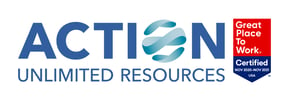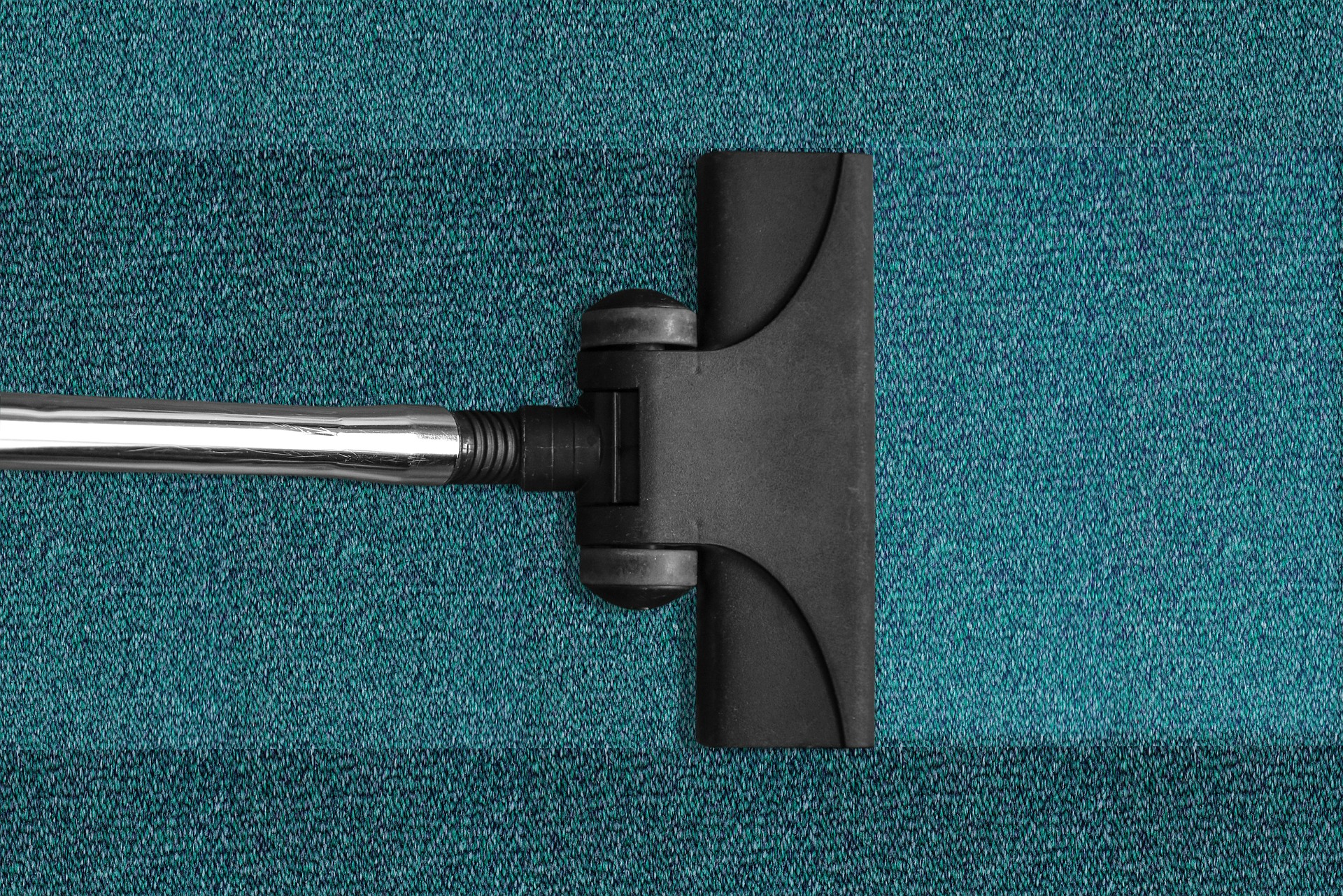When is the last time you truly evaluated the efficiency of your cleaning operations?
You probably do this to some degree daily, identifying small opportunities to improve speed or performance in a building or a single area. But what about looking at your entire cleaning operation and really taking the time to measure and document performance? The answer may be never, and it is an understandable reaction. The task can seem daunting and the process unclear.
Getting the most out of your staff requires a targeted approach that incorporates data collection, analysis, plan design, and implementation of change. Change can only be effective if it is monitored and reinforced until it becomes habit and part of your culture.
Below are seven suggestions that can help increase cleaning efficiency and maximize your labor and supply dollars.
Staff Appropriately
While it may seem counterintuitive, low staffing levels ultimately impact efficiency and lead to lost revenues, poor building conditions, and low employee morale. The cost savings on labor are negated by expensive restorative projects due to daily neglect. Employees who are not given the time to perform their assigned duties quickly become disgruntled and less productive.
Consider a time study or workloading system to establish realistic productivity rates, standardize cleaning procedures, and optimize employee assignments. There are a variety of tools available on the market from Jan San manufacturers and software companies alike.
Measure Performance
If you are not measuring performance in your facilities, you are missing the chance to specifically target training toward areas of low performance. Performance measurement is best accomplished through structured inspections of work quality. Options include paper forms as well as a variety of web and mobile based applications. Electronic options provide the added benefit of report generation across dozens or hundreds of inspections to identify trends and help you identify issues that are consistently happening.
Imagine being able to identify the specific shortcomings for an employee over a six-month period and provide specific training to help that person improve. This provides a sense of value to the employee and drives improvement directly to the areas that need it most.
Provide the Tools
I enjoy doing small home improvement projects on the weekends, but I am not a craftsman. Invariably, I end up at the local hardware store 2-3 times over the course of the project searching for a part or tool that I need to complete the work. My level of efficiency is awful.
Translate this to cleaning; staff must have access to the chemicals, paper, PPE, towels, and other supplies that they need to clean effectively. Equipment must be properly maintained so that it is in working order, and the proper equipment should be available to maximize productivity.
Consider implementing some inventory controls by setting par levels and keeping the supply closet properly stocked. Utilize a supervisor or manager to monitor stock regularly and replenish as appropriate. Software and mobile options are also available to assist in accurately maintaining stock and provide the additional benefit of being able to identify product overuse.

Train Effectively
Training is one of the most effective ways to drive performance in a facility. Knowing how to clean an area properly can significantly improve productivity and increase cleanliness of a facility. Employees who are not given regular opportunities for training soon develop undesirable habits that impact your bottom line.
By understanding WHY we clean, proper methods for cleaning, and the standard processes for your organization, employees will be properly equipped to perform at peak efficiency. As an added benefit, with all employees trained to the same processes, they can move from one assignment to another without a decrease in performance.
Consider implementing a standard training program for all staff. Topics should include basic cleaning practices, safety, GHS, specialized training for restorative work on floors, and topics specific to your operation. Set a schedule for repeating training as necessary. You may also consider online training options that include video content and tests to track employee knowledge.
Simplify
Proper cleaning should become second nature for employees. The less thinking involved, the better productivity will be. Work with your suppliers to reduce the number of products. Consider multi use chemicals, standardization on paper products, and provide the same type of equipment, from flat mops to riding scrubbers, across all your locations or accounts.
Communicate
Communication is key to keeping staff and managers informed and on task. Consider implementing systems to effectively communicate periodic project assignments, work requests, or complaints to staff. Focus on not only passing the information along but being able to document completed work. Mobile phones are the primary mode of communication for most organizations today. Many app-based tools exist to help make the process of keeping staff informed simple and seamless.

Incentivize
A little recognition goes a long way toward improving staff morale. Happy employees are the ultimate efficiency tool. They work harder, are more detail-oriented, and improve your bottom-line. Establish a plan to reward staff for outstanding inspection scores, compliments, or other exceptional performance metrics. Even a ten-dollar gift card can make a huge difference!
Efficiency is not only about cutting costs. It is about getting the most from staff, improving performance, and effective management. Each of the suggestions above is realistic and achievable for any organization.
Check out some of the links above for suggested resources or discuss options with an Action Unlimited Resources sales professional by clicking below for more information.




Enjoy this blog? Leave a comment or ask a question!